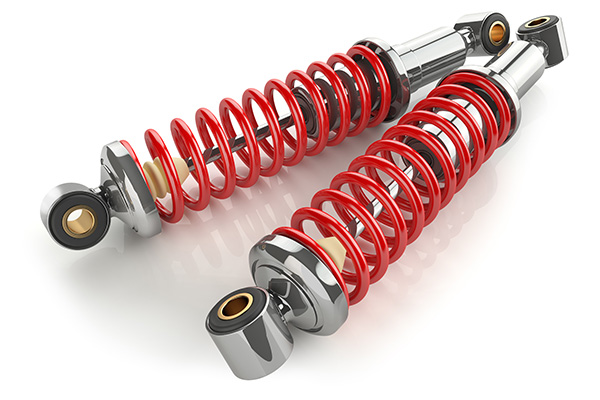
Shocks and struts play a crucial role in your vehicle's suspension system, contributing to both comfort and safety during your drive. Let's take a closer look at their function and explore essential maintenance tips to ensure your vehicle rides smoothly for miles to come.
The Role of Shocks and Struts in Your Vehicle's Suspension
Your vehicle's suspension system consists of various components, including shocks and struts. These parts work together to absorb bumps and vibrations from the road, providing a smoother and more comfortable ride. Shocks and struts help maintain tire contact with the road surface, enhancing traction and stability.
Differentiating Between Shocks and Struts
While often used interchangeably, shocks and struts serve slightly different purposes in a vehicle's suspension system. Shocks are hydraulic cylinders that control the movement of the suspension, damping oscillations and preventing excessive bouncing. Struts, on the other hand, are a structural component of the suspension, supporting the weight of the vehicle and providing structural rigidity.
Signs of Worn or Failing Shocks and Struts
Over time, shocks and struts can wear out due to constant exposure to road conditions and vehicle use. It's essential to recognize the signs of worn or failing shocks and struts, which may include:
- Excessive bouncing
- Swaying
- Uneven tire wear
- Nose-diving during braking
- Rough ride quality
If you notice any of these symptoms, it's time to have your shocks and struts inspected and possibly replaced.
4. Importance of Regular Maintenance
Your vehicle's shocks and struts play a critical role in providing a smooth and comfortable ride, as well as ensuring safety and stability on the road. Therefore, maintenance tailored to these components is essential for optimal performance and longevity.
First and foremost, regular inspections by a qualified mechanic are crucial for identifying any signs of wear or damage to your shocks and struts. During these inspections, the mechanic will assess various factors, including the condition of the shocks and struts themselves, as well as the integrity of their mounting hardware and bushings.
By catching potential issues early on, such as leaking fluid, worn bushings, or damaged components, you can prevent more significant problems from arising down the road. For example, a leaking shock absorber can decrease damping performance, resulting in a rougher ride quality and compromised vehicle handling. Addressing such issues promptly can help maintain your vehicle's overall performance and safety.
In addition to regular inspections, following the manufacturer's recommended maintenance schedule for suspension components is essential. This schedule typically includes periodic replacements of shocks and struts at specific mileage intervals or based on the vehicle's age.
While the exact intervals may vary depending on your vehicle's make and model, adhering to these recommendations ensures that your shocks and struts are replaced before they become excessively worn or compromised.
Suspension maintenance and repairs at Rix Automotive! Choose us and experience a smoother, more efficient ride - call today!